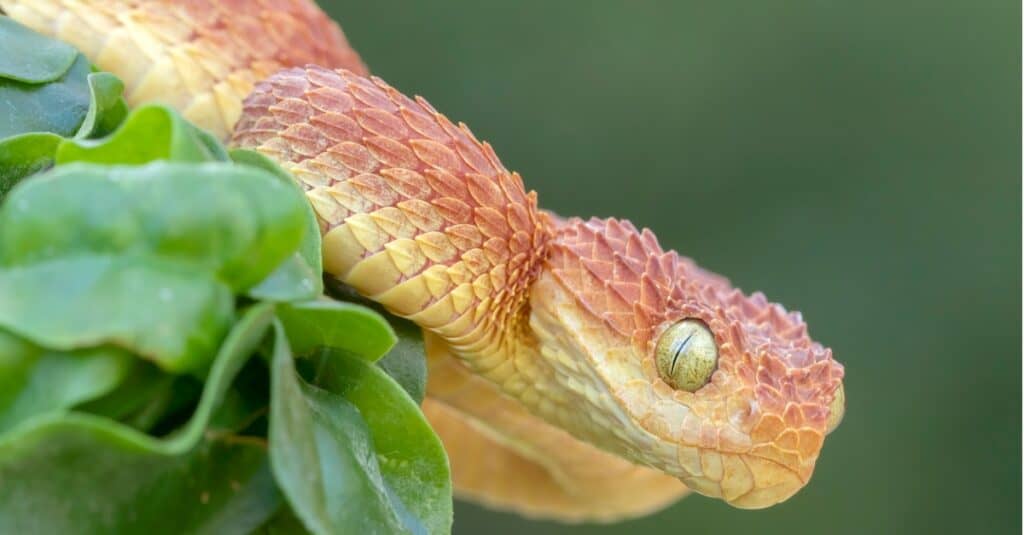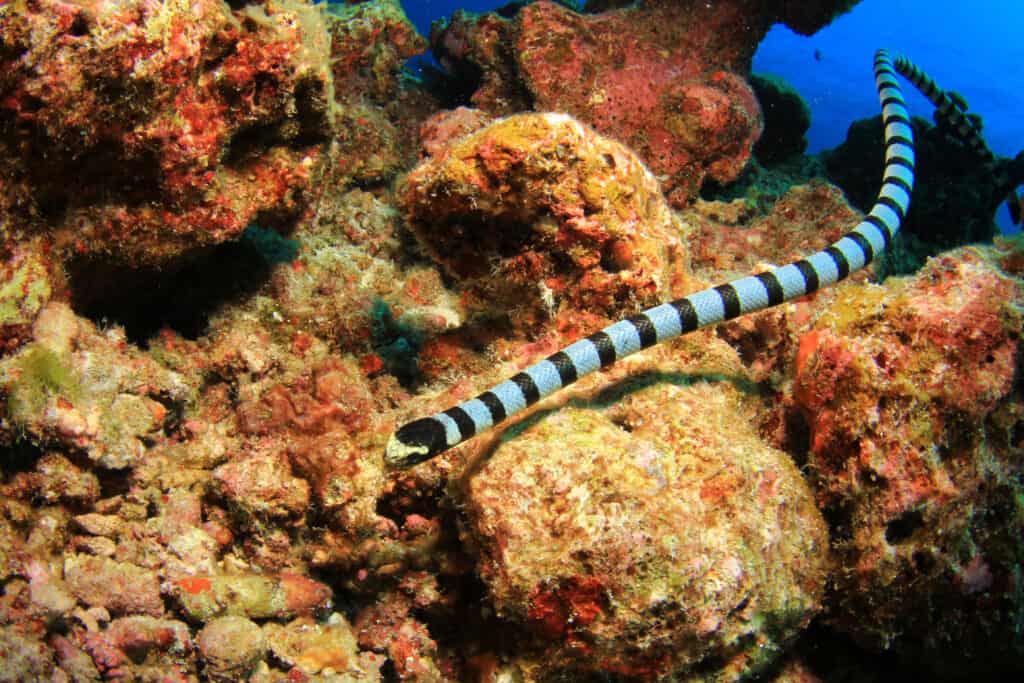Introduction
Australia, a land of varied wildlife, is home to lots of fascinating creatures, consisting of serpents that can inspire both admiration and anxiety. Amongst these serpents is the tiger snake, understood for its striking appearance and reputation as a poisonous predator. As a result, one inquiry frequently arises: Are tiger snakes venomous? This post will look into the misconceptions and facts surrounding tiger serpents, their environment, habits, medical effects blue-bellied black snake of their bites, and much more.
Are Tiger Snakes Venomous?
When it concerns the concern of whether tiger serpents are venomous, the answer is an unquestionable yes. Tiger snakes (Notechis scutatus) are undoubtedly venomous and ranking amongst one of the most hazardous serpents in Australia. Their poison has potent neurotoxins that can lead to paralysis and even fatality if not treated without delay.
While deaths from tiger serpent attacks have actually come to be much less typical as a result of innovations in clinical treatment and antivenom schedule, this does not reduce the demand for caution when encountering these reptiles. The potential effects of a tiger serpent bite consist of extreme discomfort at the website of the bite, swelling, nausea or vomiting, problem breathing, and neurological signs and symptoms such as weak point or paralysis.
Types of Tiger Snakes
In Australia, there are several identified subspecies of tiger snakes:
- Eastern Tiger Snake (Notechis scutatus): Discovered mainly in southeastern Australia. Tasmanian Tiger Serpent (Notechis scutatus): A subspecies discovered just in Tasmania. Black Tiger Snake: Understood for its darker coloration.
Each of these varieties has variants in dimension and behavior but shares comparable venom characteristics.
The Habitat of Tiger Snakes
Where Do They Live?
Tiger serpents are versatile creatures discovered across various environments throughout Australia. They typically occupy coastal regions but can likewise be found in wetlands, swamps, riversides, and woodlands. Their preference for moisture-rich atmospheres makes them adept swimmers; for this reason they grow near water bodies like lakes or marshes.
Geographical Distribution
- Southeastern Coast: Home to Eastern tiger snakes. Tasmania: Dominated by Tasmanian tiger snakes. Northern Regions: Where you could run into less frequently seen variants.
Habitat Preferences
Tiger serpents like areas with abundant cover where they can hide from predators while hunting for victim. They frequently hunt little animals, frogs, birds, and even fish-- making them versatile seekers within their environmental niche.
The Composition of a Tiger Snake
Physical Characteristics
Tiger serpents have unique physical traits that distinguish them from various other Australian reptiles:

- Coloration: Usually grouped with yellow or light red stripes on a dark background. Size: They can grow up to 2 meters long; however, typical dimensions vary between 1.2 to 1.5 meters.
The special coloration offers both as camouflage versus predators and while tracking target in their natural habitat.
Behavioral Traits
Understanding the behavior patterns of tiger serpents is vital for those living within their geographical array:
- Nocturnal Activity: They are primarily active during the night yet might likewise hunt during the day. Defensive Behavior: When intimidated, tiger serpents might hiss noisally or squash their bodies-- an indication suggesting they really feel cornered.
Tiger Serpent Bite Symptoms
If bitten by a tiger serpent, people ought to look for certain signs that materialize soon after:
Severe local pain Swelling around the bite area Nausea or vomiting Difficulty breathing Neurological symptoms such as muscle mass weaknessIt's critical never to underestimate these signs; immediate medical attention is essential adhering to any snake bite incident.
First Help for Serpent Bites
Immediate Activities After a Bite
Knowing just how to respond quickly can save https://rentry.co/6imhsto6 lives when managing possible snake attacks:
Stay tranquility and still-- motion boosts poison spread. Call emergency solutions immediately. Keep the impacted limb paralyzed below heart level. Avoid cutting or sucking out poison; this old better halves' story can get worse conditions. Remove tight clothing or jewelry near the bite site.First Aid Kit Fundamentals for Snake Bites
A well-stocked first aid kit must include products particularly helpful in treating serpent attacks:
|Thing|Objective|| --------------------------------|-----------------------------------------------|| Sterilized plasters|To cover injuries|| Antibacterial wipes|To cleanse around bite location|| Emergency situation call numbers|For fast gain access to during emergencies|| Compression bandage|To assist paralyze affected arm or leg|
Proper preparation can make all the difference when an emergency strikes.
Fact vs Misconception About Tiger Snakes
Myth 1: All Snakes Are Aggressive
Contrary to common belief, not all serpent species display aggression in the direction of human beings. As a matter of fact, many prefer to pull away than confront us.
Myth 2: A Bite Constantly Brings About Death
While fatal bites do take place-- thanks greatly to postponed healthcare-- most of bites are non-fatal if dealt with immediately with antivenom.
Myth 3: You Can Draw Out Venom
This commonly held belief is false; attempting to suck out venom just increases complications rather than relieving them!
FAQs
1. Are baby tiger snakes much more unsafe than adults?
Baby tiger snakes may possess much less venom than grownups however frequently deliver attacks without hesitation because of being more frightened.
2. For how long does it take for symptoms to show up after a bite?
Symptoms usually show up within mins but can in some cases take hours depending upon elements like private health conditions.
3. What ought to I do if I see a tiger snake?
Maintain distance! Avoid provoking it; most encounters end without incident if you respect their space.
4. Exists an antivenom offered for tiger snake bites?
Yes! Antivenom exists particularly developed for dealing with ailments brought on by tiger snake bites-- it's vital to look for professional clinical assistance immediately!
5. Can I maintain a tiger snake as a pet?
Keeping any wild snake species presents substantial dangers due primarily to their reproduction behaviors & & dietary requirements-- it's finest left in nature!
6. Exactly how common are serpent attacks in Australia?
Australia sees hundreds of snakebite cases yearly; nonetheless fatalities have lowered considerably many thanks mostly due enhanced awareness & & healthcare access!
Conclusion
In conclusion, understanding whether "Are Tiger Snakes Venomous?" carries significant ramifications for personal safety when engaging with these Emergency treatment fascinating reptiles native to Australia's diverse environments can not be overemphasized!

Arming ourselves with understanding concerning these creatures-- from their environments and actions down through efficient emergency treatment practices-- equips us toward more secure coexistence together with wild animals while mitigating threats associated with unexpected encounters!
By fostering education and learning about our environment's complexities-- not just focusing exclusively on worry-- we pave paths towards better gratitude & & conservation efforts benefiting both humanity & & nature alike!
